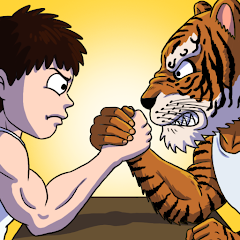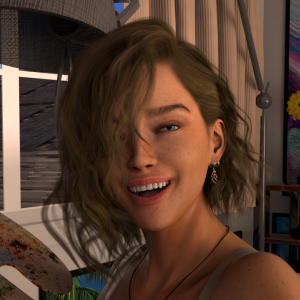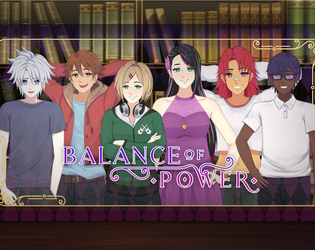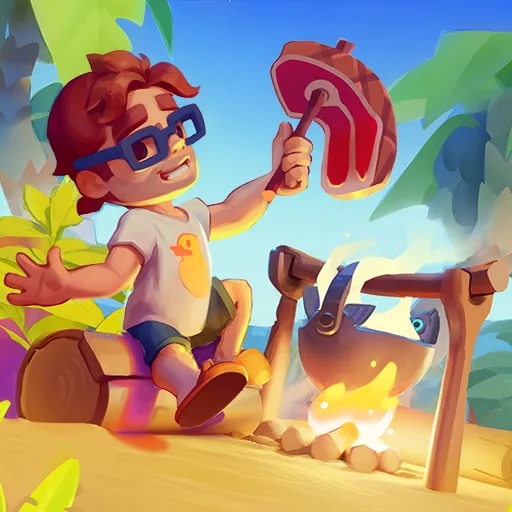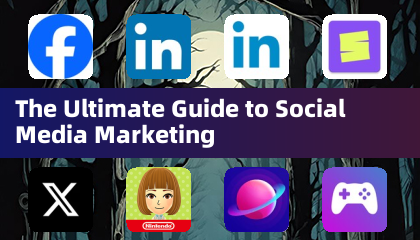Disney+’s Your Friendly Neighborhood Spider-Man has enthralled audiences with its fresh yet authentic take on Peter Parker’s journey. The series masterfully combines traditional comic book elements with modern storytelling, creating an engaging experience that resonates with both dedicated fans and new viewers alike. Let’s explore the Marvel Easter eggs and references woven throughout Season 1, highlighting how the show pays tribute to Spider-Man's rich legacy.
Table of Content ---
Peter Parker Uses the Proto-Suit: A Modern Homage to Tom Holland's Spider-Man Avengers Worship: Iron Man vs. Captain America Uncle Ben: A Pillar of Influence Doctor Strange: Bridging Worlds Norman Osborn: A Humble Mentor Symbiotes and Beyond Crusher Hogan: A Nostalgic Cameo Roxxon Oil: Capitalism and Consequences Fighting Style: A Tribute to Sam Raimi Inner Circle: Heroes and Villains Among Us Spiritual Avengers Connection Civil War and the Sokovia Accords Russian Gangsters and Emerging Threats Expanding the Villainous Roster Harry Osborn: A Familiar Dynamic Iconic Notes and Classic Suits A Celebration of Spider-Man's Legacy
1 0 Comment on this Peter Parker Uses the Proto-Suit: A Modern Homage to Tom Holland's Spider-Man
One of the standout features of Your Friendly Neighborhood Spider-Man is its depiction of Peter Parker crafting his own costume, a clear nod to Tom Holland's DIY approach in Spider-Man: Homecoming. In the MCU, Peter's homemade suit symbolizes his resourcefulness and relatability. Similarly, Hudson Thames’ Peter Parker designs his web shooters and sews his costume, embodying the same spirit of creativity and ingenuity.
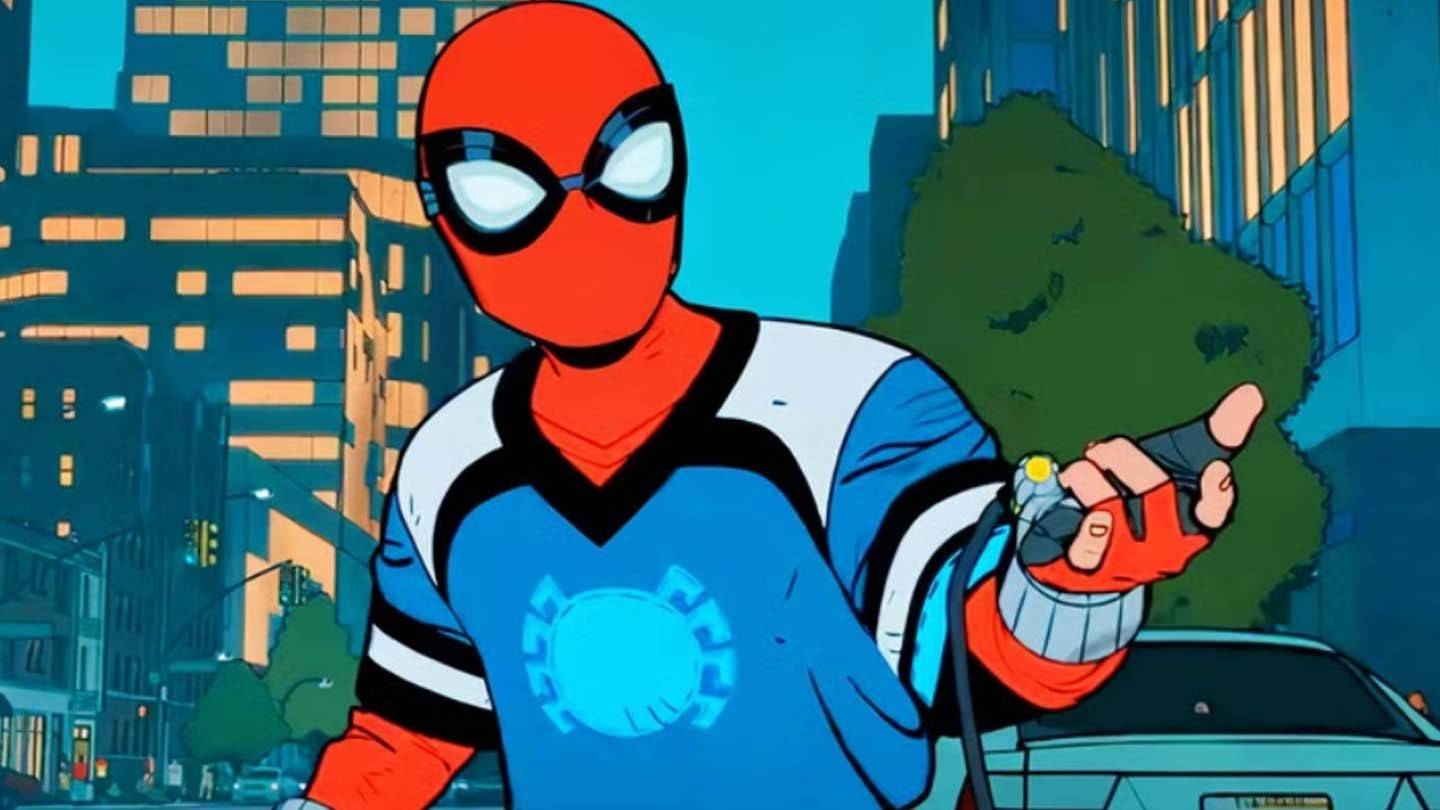 Image: marvel.com
Image: marvel.com
This homage extends beyond aesthetics, connecting directly to the show's origins. Initially planned as an origin story for Holland's Spider-Man, the series evolved into its own unique reality, allowing for expansive storytelling. By integrating these familiar elements, the creators ensure viewers remain connected to Peter's journey while exploring new narratives.
The proto-suit serves as a visual testament to Peter's humble beginnings, reinforcing the idea that even without advanced technology or corporate support, he can achieve greatness through determination and hard work. This theme deeply resonates with fans who cherish Spider-Man's underdog status, reinforcing his role as an everyman superhero.
Avengers Worship: Iron Man vs. Captain America
As a self-proclaimed Avengers enthusiast, Peter Parker showcases his admiration for Earth's Mightiest Heroes throughout the series. An Iron Man toy prominently displayed in Aunt May's car reflects Peter's interest in robotics, echoing his aspirations to emulate Tony Stark's technological prowess. However, Peter's true idol appears to be Captain America, as evidenced by the Star-Spangled Avenger poster in his room.
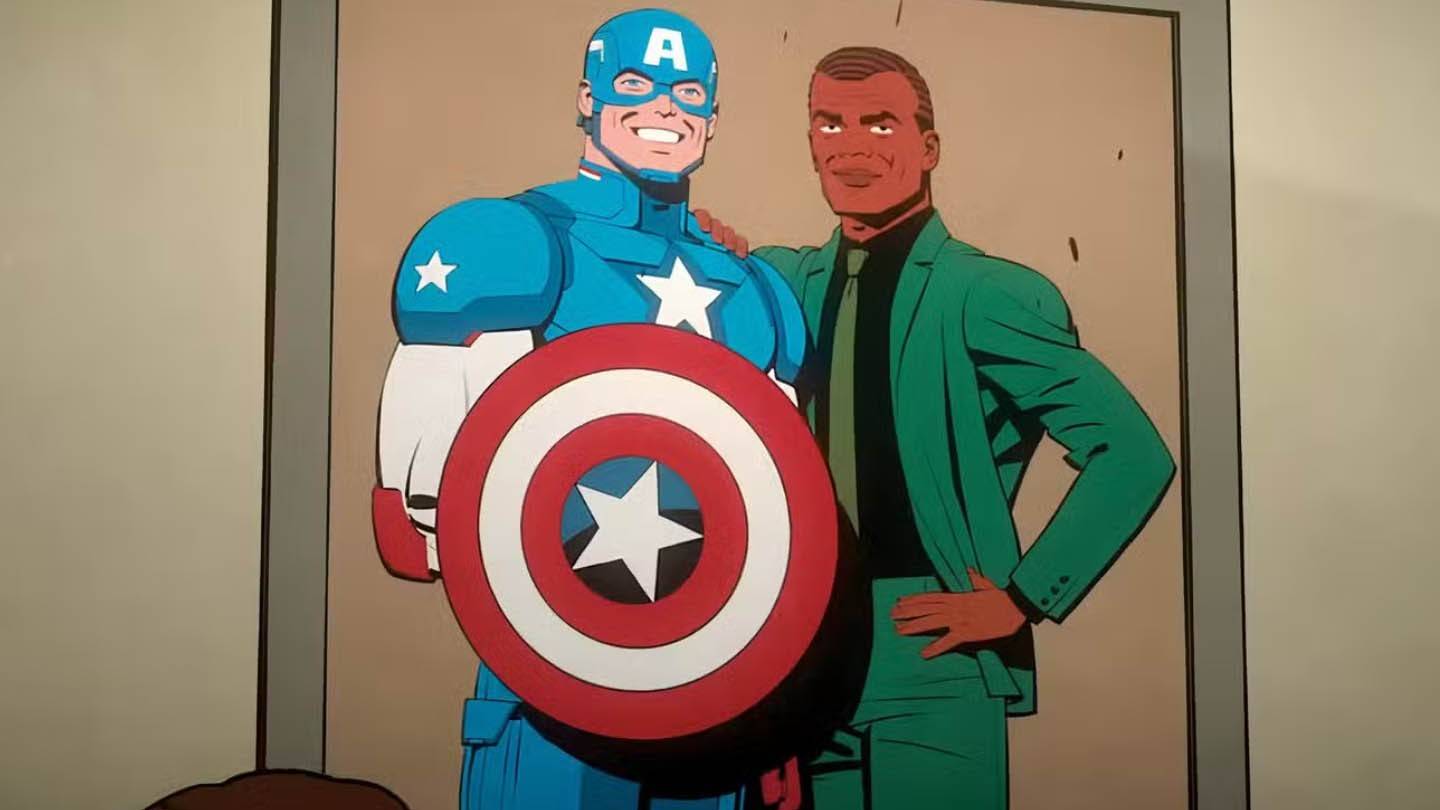 Image: marvel.com
Image: marvel.com
In Episode 5, Peter channels Steve Rogers during a confrontation with Russian gangsters led by Mila Masaryk (a gender-swapped Unicorn). When asked if he's had enough, Peter defiantly responds, "I'm just getting started!" This moment not only showcases Peter's growing confidence but also pays homage to Captain America's unwavering resilience and spirit.
This duality—admiring Iron Man's intellect while aspiring to Captain America's moral compass—mirrors Peter's development as a hero. It reflects his desire to balance innovation with integrity, ensuring his actions align with his values. Through these subtle details, the series captures the essence of what makes Spider-Man so beloved.
Uncle Ben: A Pillar of Influence
Uncle Ben plays a crucial role in shaping Peter Parker's identity, both personally and as Spider-Man. Although his death occurs off-screen before Peter gains his powers, his influence is felt throughout Peter's life. In Episode 4, Peter and Aunt May discuss selling some of Ben's belongings, including a cherished family photograph depicting them hiking together.
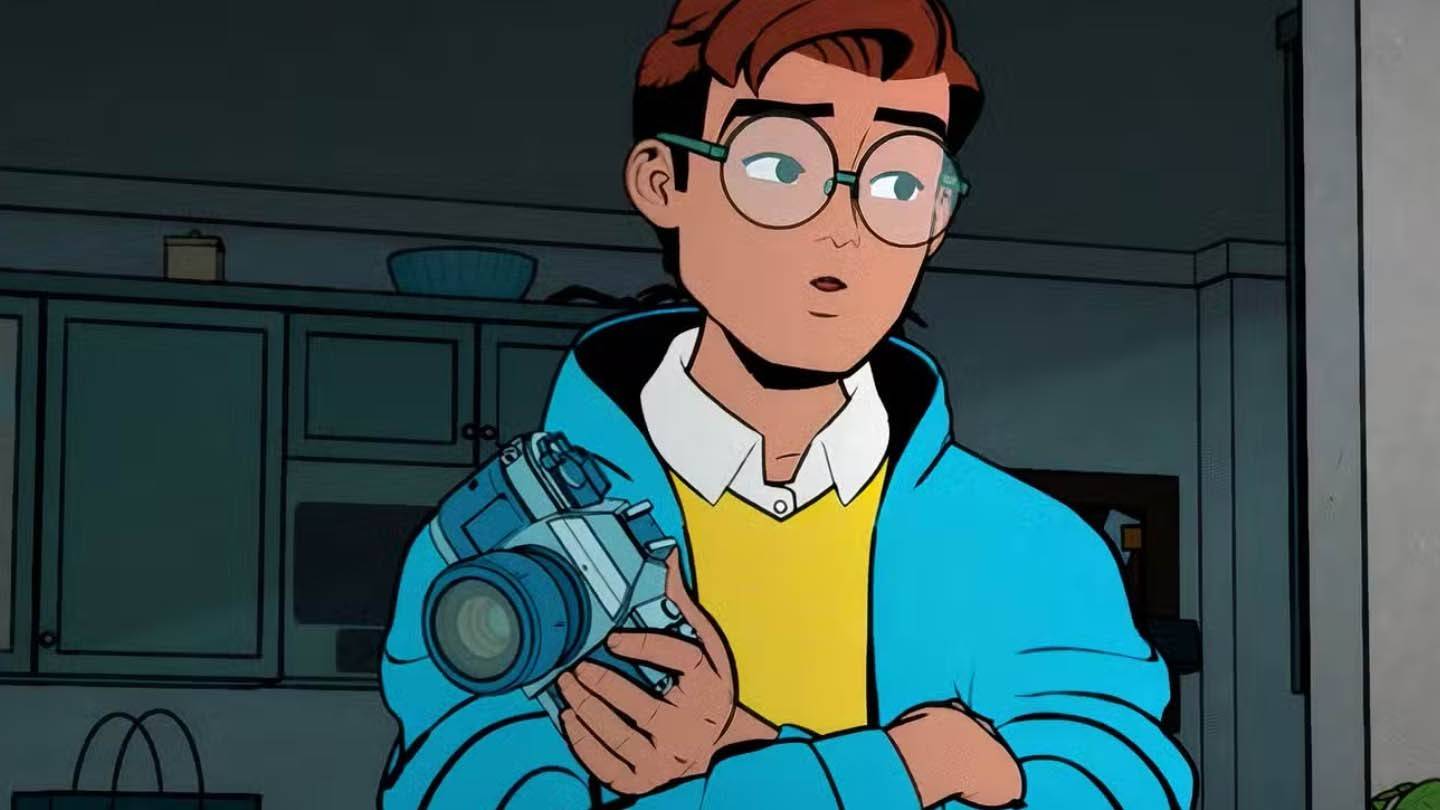 Image: marvel.com
Image: marvel.com
To honor Ben's memory, Peter takes possession of his camera, using it to document his adventures across New York City. This act creates a personal connection between Peter and his late uncle, underscoring the importance of carrying forward Ben's legacy. As Peter begins working as a photojournalist for the Daily Bugle, this decision becomes increasingly significant, tying back to the famous adage, "With great power comes great responsibility."
By emphasizing Uncle Ben's impact, the series reinforces the foundational principles guiding Spider-Man's heroic endeavors. It serves as a poignant reminder of the sacrifices made by those who inspire us to become better versions of ourselves.
Doctor Strange: Bridging Worlds
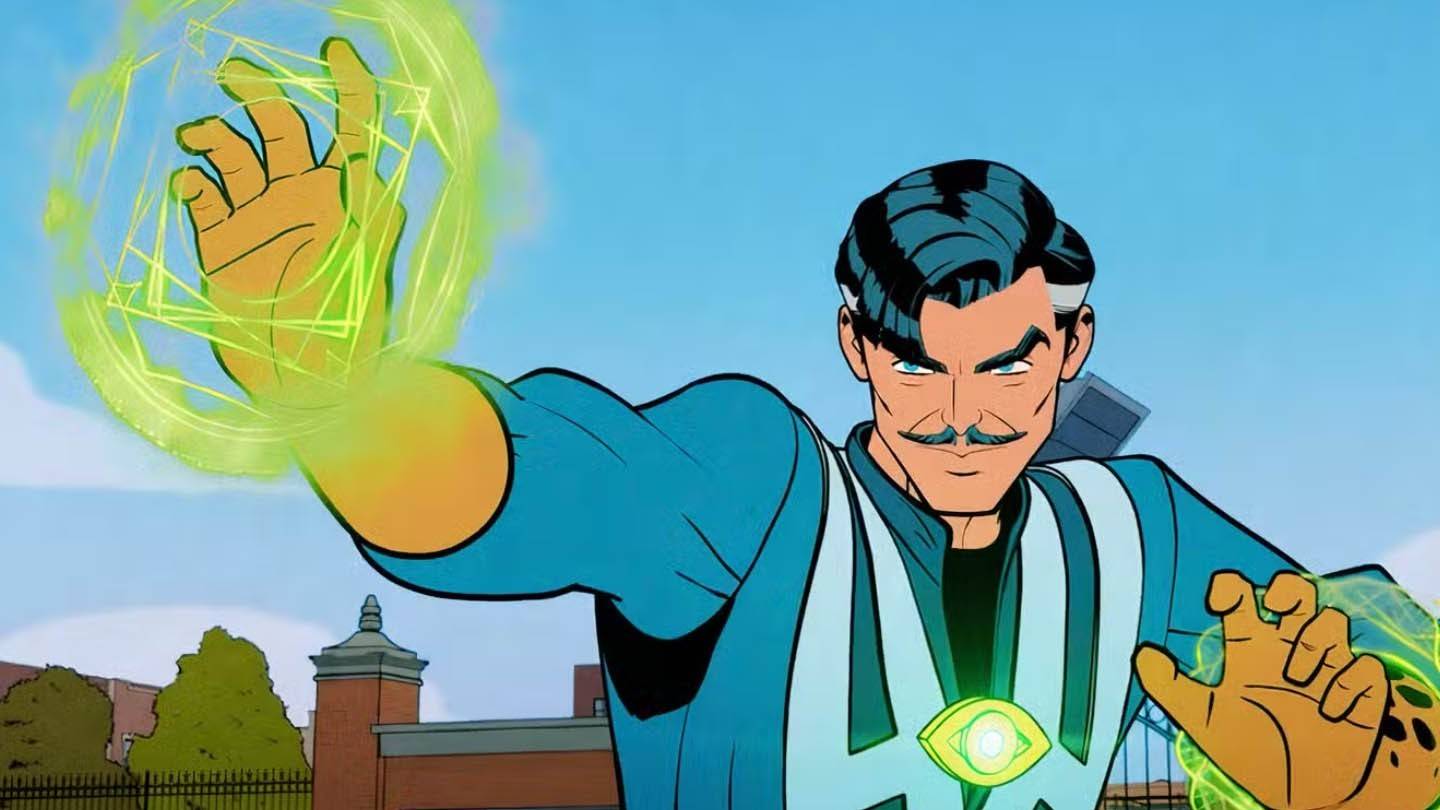 Image: marvel.com
Image: marvel.com
Doctor Strange's appearance in the series adds complexity to the narrative while paying homage to the Marvel Cinematic Universe. In Episode 1, Strange battles an alien creature, utilizing portals reminiscent of sling-ring magic and warping reality in ways akin to Inception. His combat style, including whips, green shields, and cape maneuvers, closely mirrors Benedict Cumberbatch's portrayal in the MCU.
Despite retaining his vintage comic look, Strange's combat style aligns with Marvel Studios' vision, bridging the gap between traditional animation and live-action adaptations. This seamless integration allows fans to appreciate the character's versatility while introducing new viewers to his magical abilities.
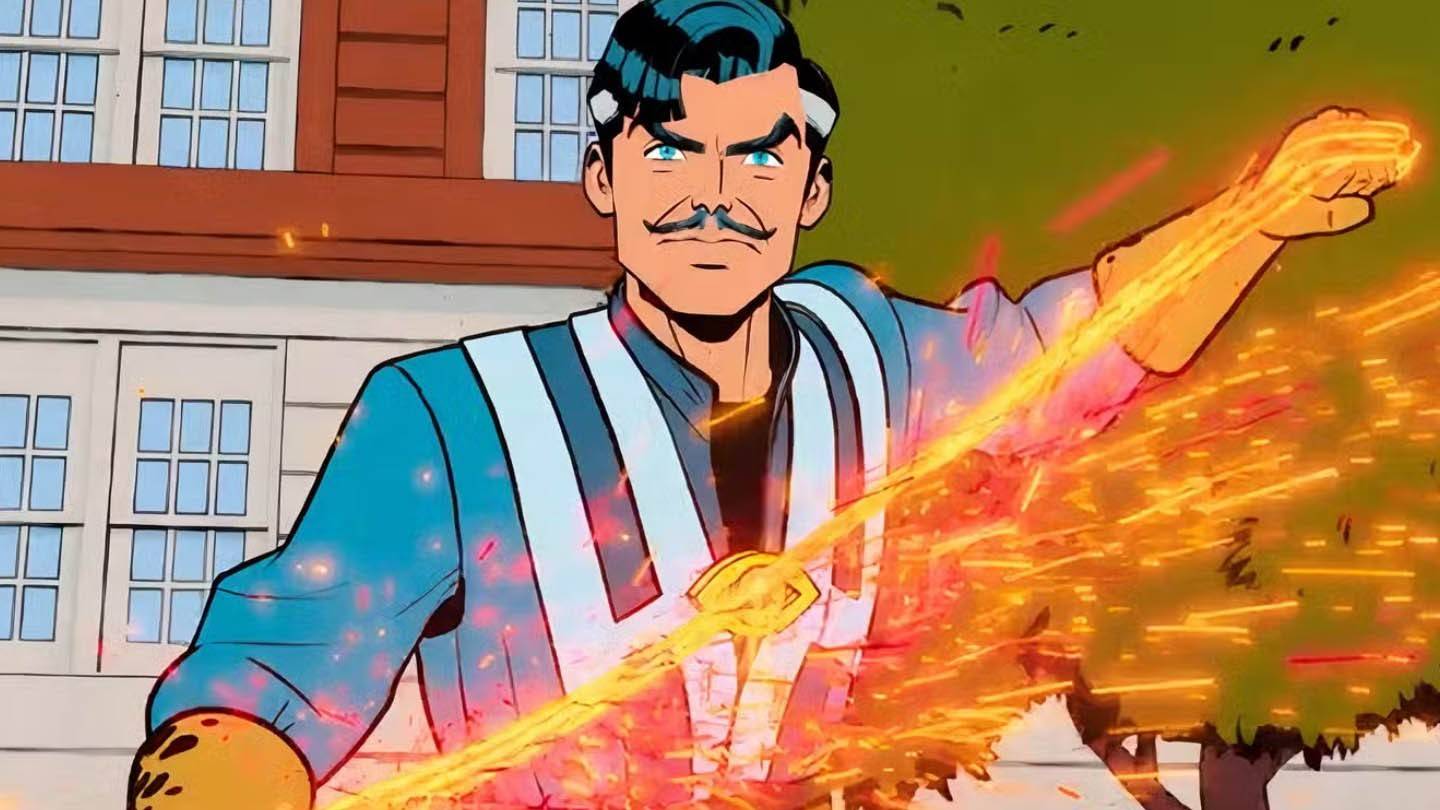 Image: marvel.com
Image: marvel.com
Moreover, the alien enemy fought by Strange bears similarities to Venom and other symbiotes from the Sony Spider-Man Universe. While the movies featuring Eddie Brock may have concluded, this reinterpretation opens up exciting possibilities for future storylines involving Knull and the Klyntar species. By planting seeds for potential crossovers, the series keeps audiences engaged and eager for more.
Norman Osborn: A Humble Mentor
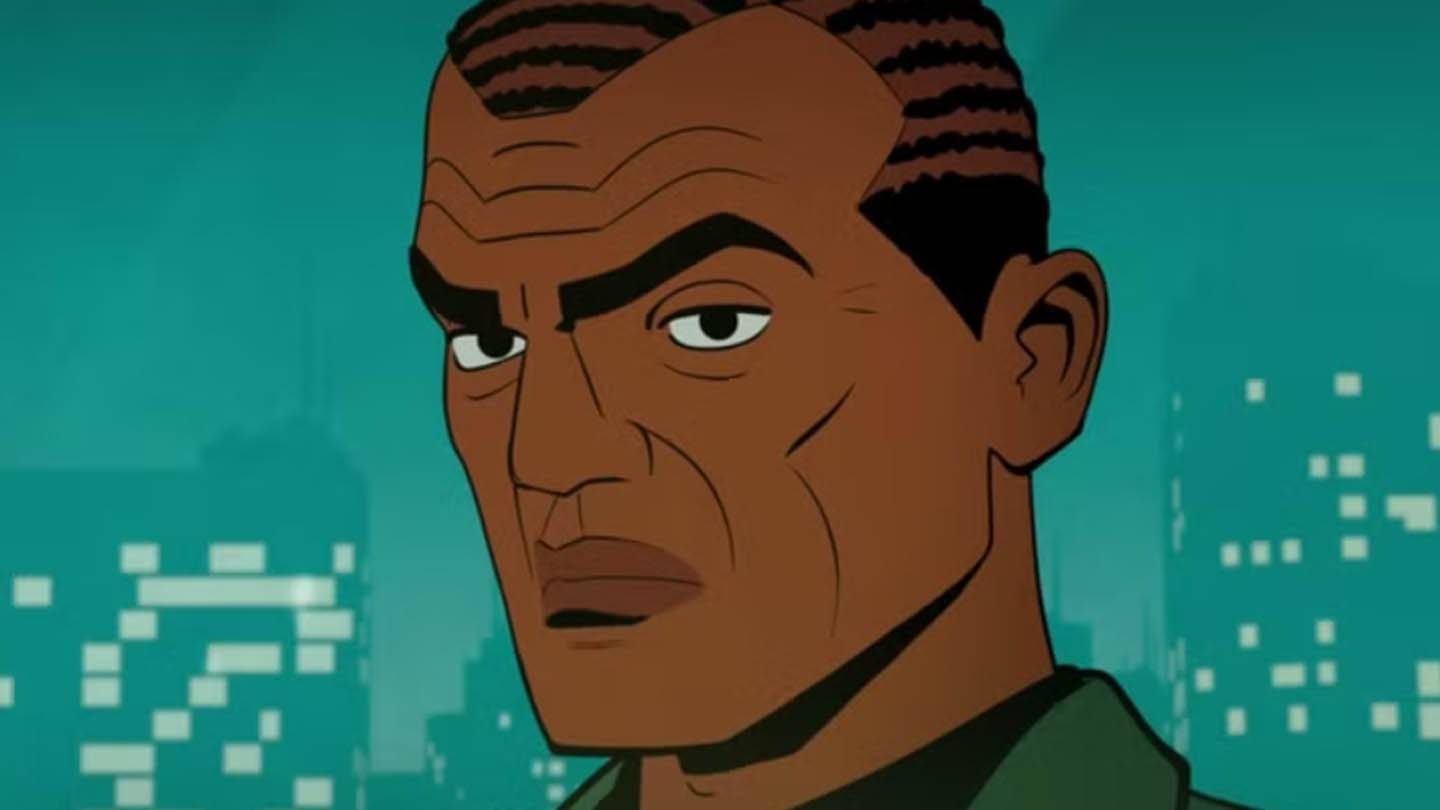 Image: marvel.com
Image: marvel.com
Colman Domingo's Norman Osborn offers an intriguing contrast to Tony Stark's character. While Stark exudes arrogance, Osborn adopts a more humble demeanor, offering Peter an internship rather than a full-time job. This dynamic mirrors scenes from Captain America: Civil War, where Tony recruits Peter to join the Avengers.
Throughout Episodes 4 and 5, Norman assists Peter in a manner similar to Stark's use of artificial intelligence. Their collaboration highlights the parallels between the two characters while distinguishing Osborn's approach as less flashy yet equally effective. Peter's mention of building something akin to an "arc reactor" during his internship underscores the shared scientific curiosity driving both men.
This mentorship relationship hints at larger themes explored in the comics, particularly Norman's leadership of the Thunderbolts and Dark Avengers. By referencing these arcs, the series lays the groundwork for future conflicts while honoring the source material's rich lore.
Symbiotes and Beyond
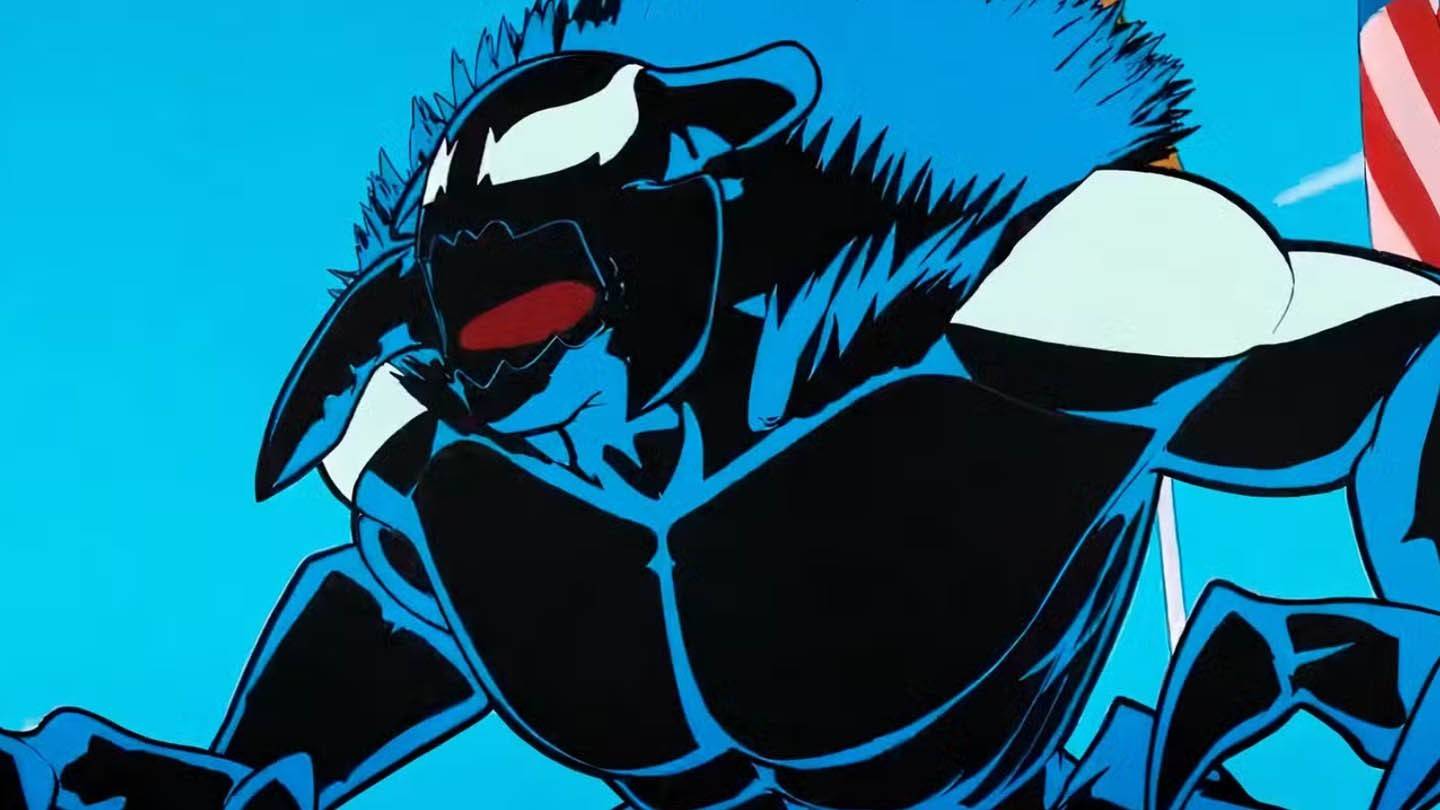 Image: marvel.com
Image: marvel.com
The presence of symbiotes in the series adds intrigue, drawing connections to the Sony Spider-Man Universe. The alien creature encountered by Doctor Strange exhibits characteristics reminiscent of Venom and other members of the Klyntar species. While the films featuring these entities may have concluded, their inclusion here suggests the possibility of revisiting these concepts in fresh and innovative ways.
Fans eagerly anticipate the introduction of Knull, the god of symbiotes, whose mythos promises to expand the scope of Spider-Man's adventures. By incorporating these elements, the series enriches its narrative tapestry, inviting viewers to explore the vast multiverse of Marvel storytelling.
Crusher Hogan: A Nostalgic Cameo
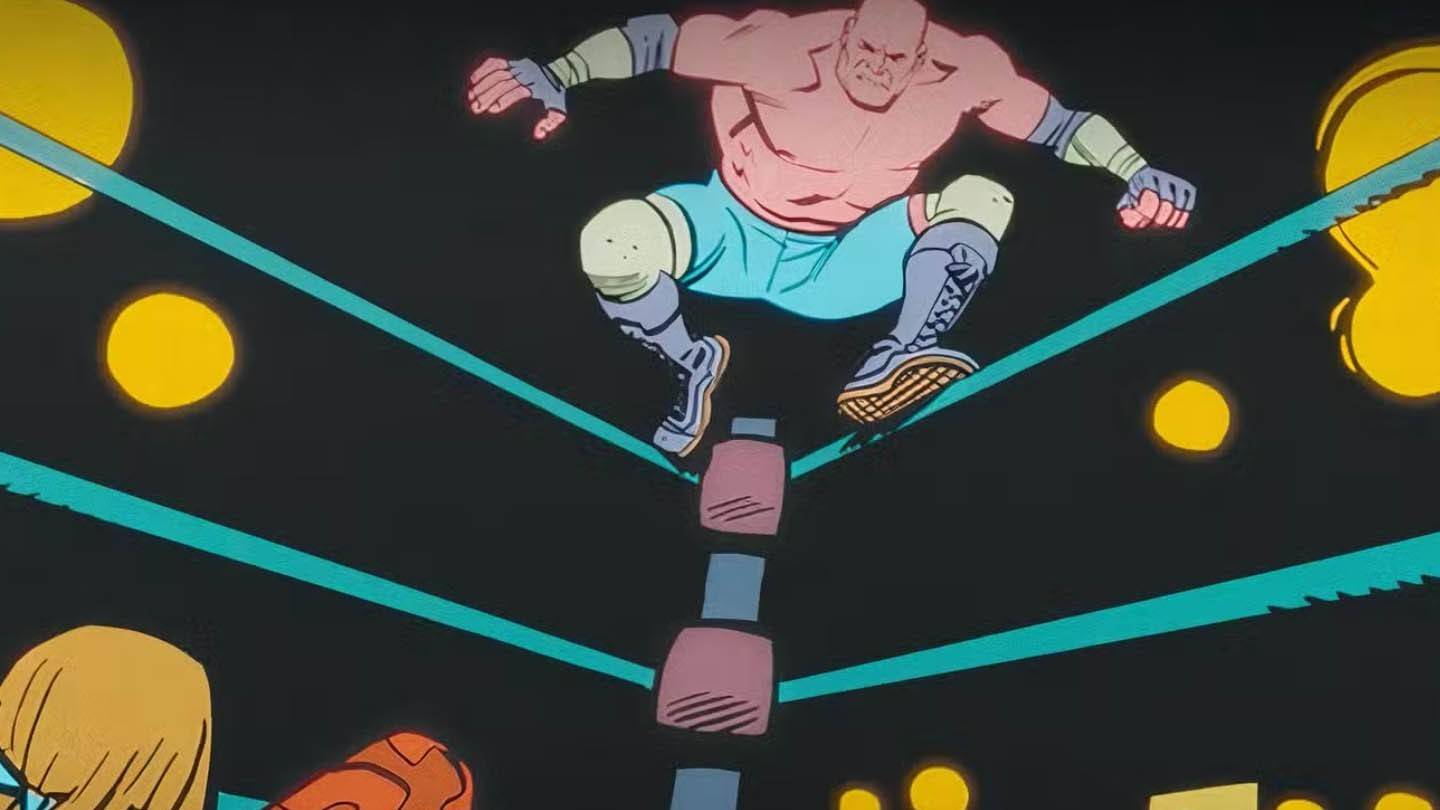 Image: marvel.com
Image: marvel.com
A brief appearance by Crusher Hogan in a newscast at Oscorp's lab provides a nostalgic nod to Spider-Man's early days. Known for testing his powers against the wrestler, Peter's victory brought him fleeting fame and fortune. Unfortunately, this newfound celebrity distracted him from addressing threats lurking in the shadows, ultimately leading to Uncle Ben's tragic demise.
Although Crusher's role in the series is minimal, his inclusion serves as a reminder of Peter's early missteps and the lessons learned along the way. For longtime fans, this cameo evokes fond memories of the character's comic book origins, enhancing the overall viewing experience.
Roxxon Oil: Capitalism and Consequences
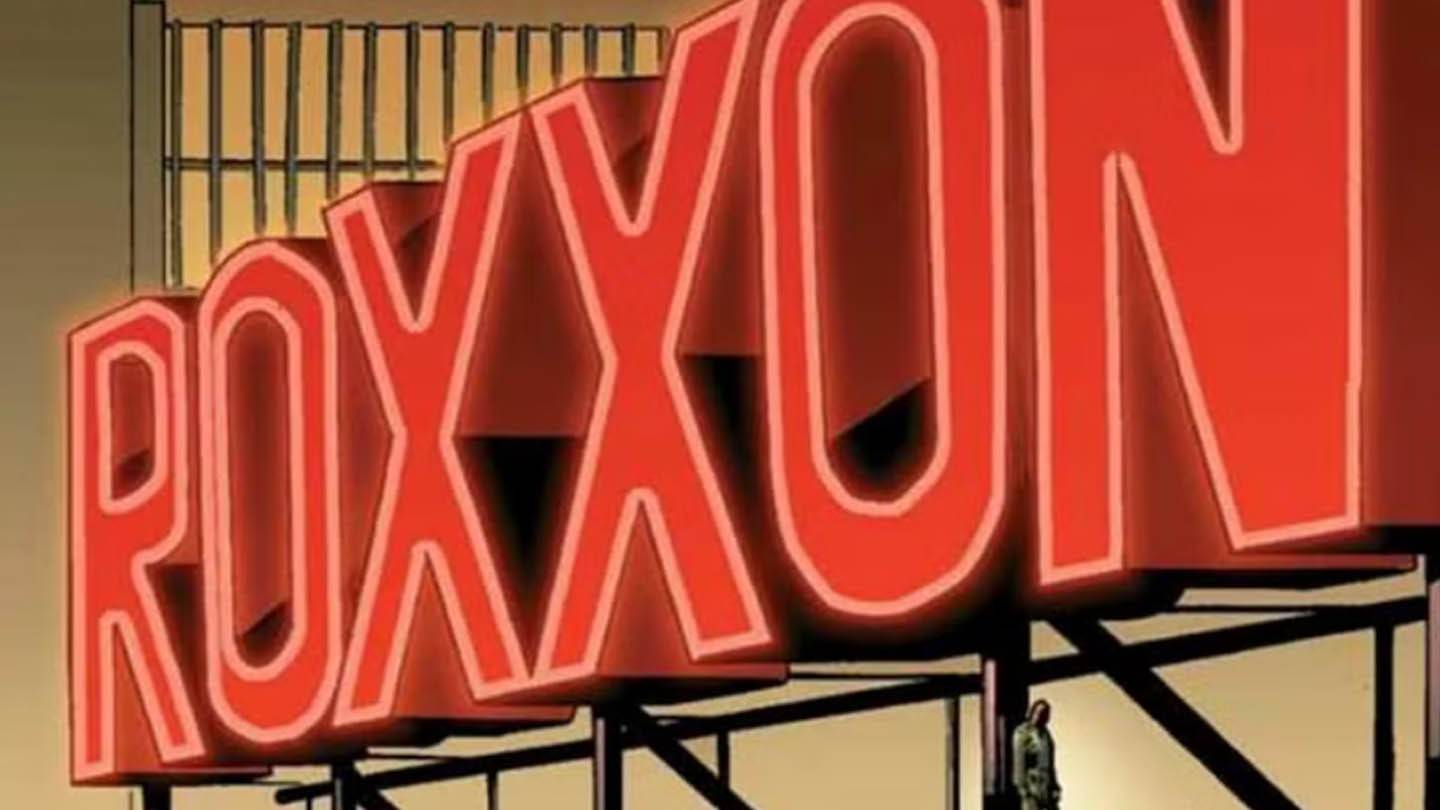 Image: marvel.com
Image: marvel.com
Nico Minoru's warning about Roxxon Oil highlights the show's exploration of real-world issues such as corporate greed and ethical dilemmas. In the comics, Roxxon Corporation gained notoriety for developing dangerous weapons, experimenting with unstable power sources, and causing interdimensional chaos. Nico's caution against aligning with such organizations reflects her concern for Peter's moral compass and the potential consequences of compromising his principles.
This subplot ties into broader discussions surrounding capitalism and its impact on society, making the series relevant to contemporary audiences. By addressing these themes, the creators encourage viewers to think critically about the choices their favorite heroes make and the implications of those decisions.
Fighting Style: A Tribute to Sam Raimi
 Image: marvel.com
Image: marvel.com
Peter Parker's combat techniques pay homage to Tobey Maguire's portrayal in Sam Raimi's Spider-Man trilogy. During a schoolyard altercation with bullies, Peter exhibits superhuman reflexes, dodging attacks with Matrix-like precision before incapacitating his opponents. This sequence mirrors a memorable scene from the first film, where Peter defeats Flash Thompson with ease.
Such moments emphasize Peter's enhanced abilities while maintaining the lighthearted tone characteristic of Spider-Man stories. They serve as a testament to the character's evolution over the years, blending classic elements with modern sensibilities to create a cohesive and engaging narrative.
Inner Circle: Heroes and Villains Among Us
Peter's supporting cast comprises a diverse array of Marvel characters, each contributing to the show's vibrant universe. Among them are Pearl Pangan (Wave), Lonnie Lincoln (Tombstone), Amadeus Cho (Totally Awesome Hulk), Asha (Wakandan genius), and Jeanne (Finesse). These individuals represent various facets of Peter's life, ranging from romantic interests to potential adversaries.
Their presence enriches the storyline, providing opportunities for character development and complex relationships. Fans eagerly await the emergence of familiar foes such as the Green Goblin, whose eventual transformation could stem from Norman or Harry's misuse of company technology. Meanwhile, teachers like Dr. Carla Connors and Bentley Wittman offer additional layers of intrigue, hinting at future conflicts and alliances.
Spiritual Avengers Connection
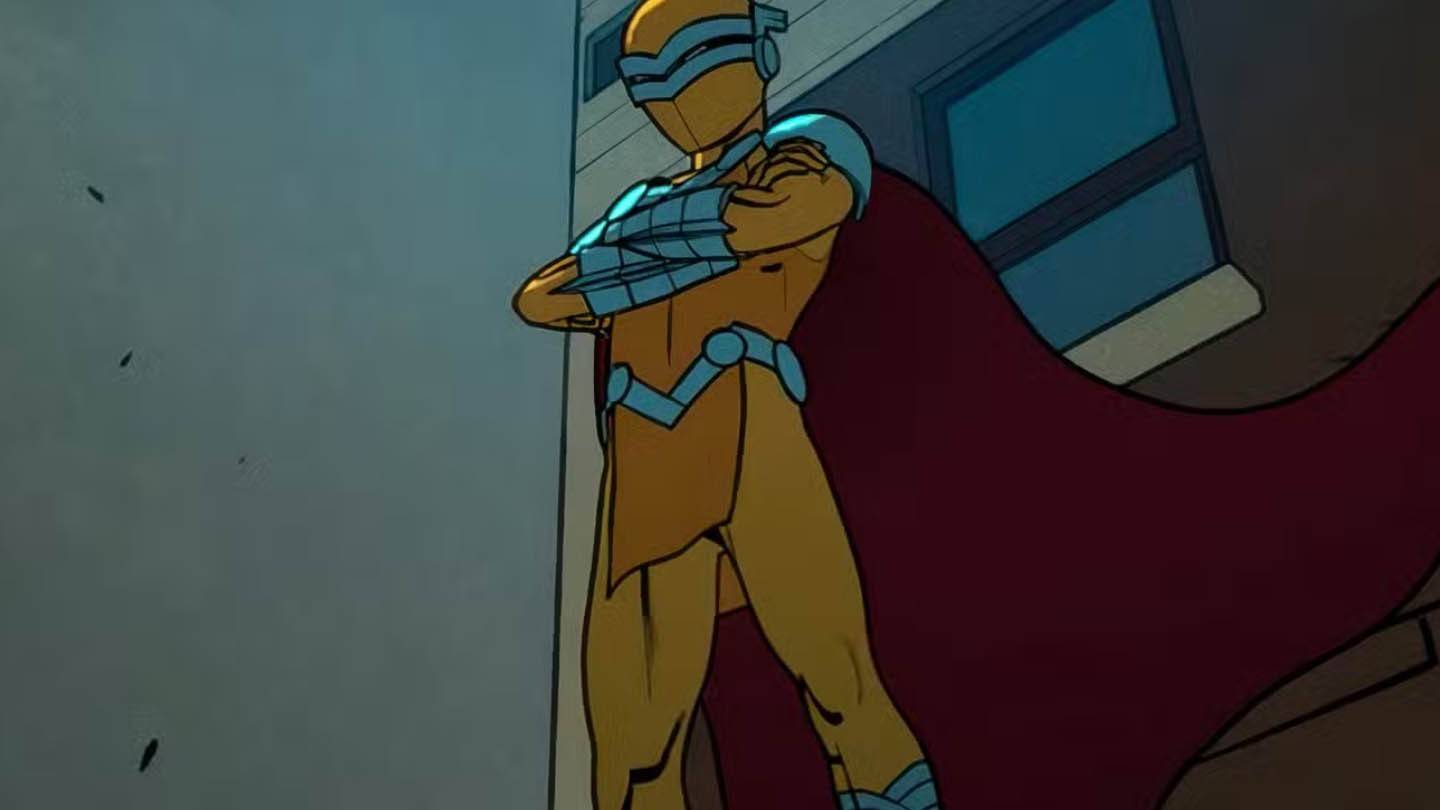 Image: marvel.com
Image: marvel.com
Peter's interactions with Bentley Wittman reveal subtle connections to key Avengers figures. When chided for attempting to view materials under a microscope, Peter is condescendingly referred to as "Hawkeye," a playful nod to Clint Barton. Later, during his studies, Peter rejects a Spider-Man suit designed by Norman, declaring himself neither Thor nor worthy—a reference to the Asgardian deity's legendary hammer.
These references deepen Peter's spiritual ties to the Avengers, illustrating his growth as a hero and his recognition of the responsibilities accompanying his powers. By weaving these threads into the narrative, the series strengthens its ties to the broader Marvel Universe.
Civil War and the Sokovia Accords
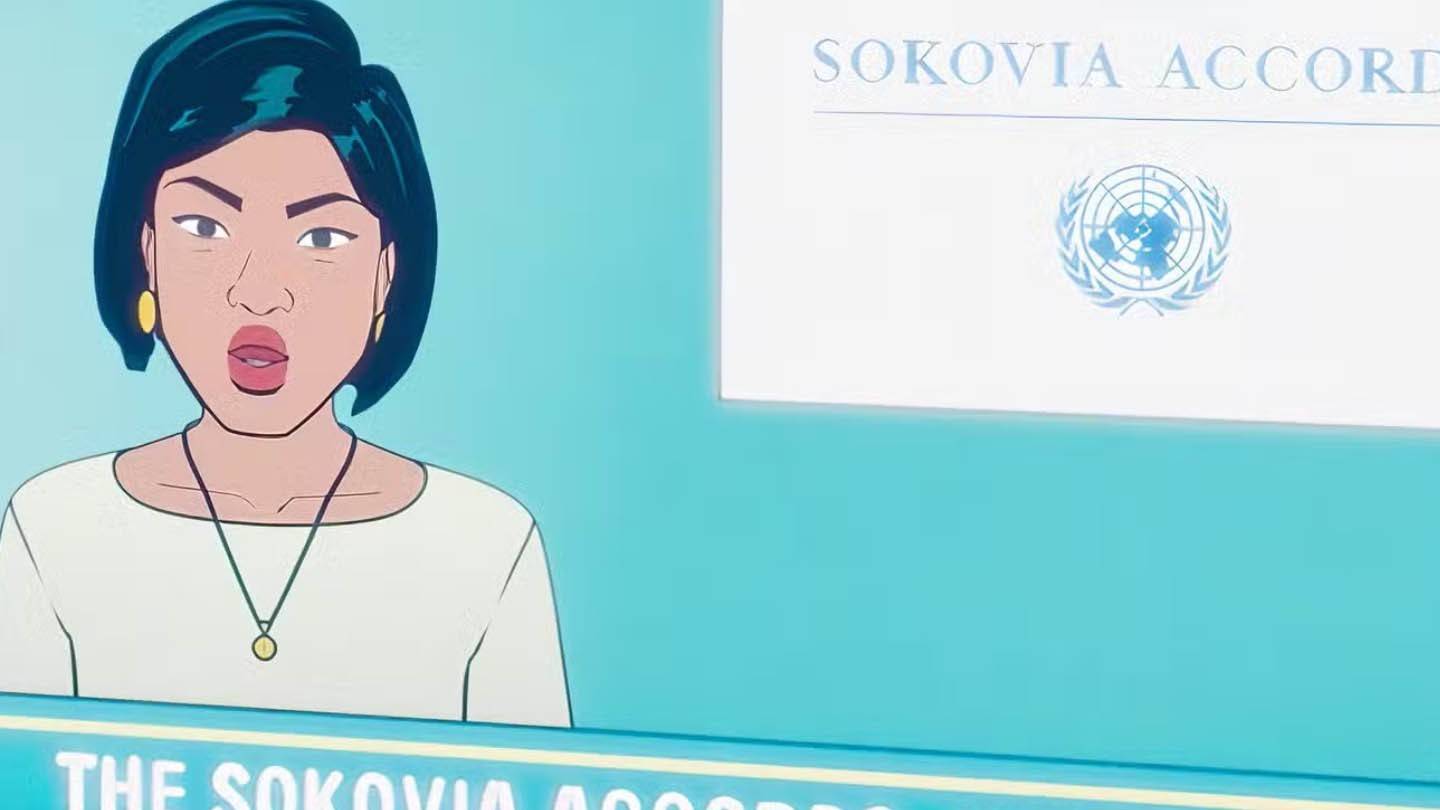 Image: marvel.com
Image: marvel.com
References to the Sokovia Accords and subsequent events from Civil War underscore the series' commitment to continuity with the MCU. News broadcasts detailing the fallout from the accords mention Steve Rogers and Bucky Barnes being on the run, while Norman advocates for superhero registration as part of his vision for legal heroes.
This subplot echoes Norman's comic book tenure as leader of the Thunderbolts and Dark Avengers, foreshadowing potential conflicts between Peter and his mentor. By addressing these topics, the series acknowledges the complexities of heroism and the challenges faced by those striving to uphold justice in an ever-changing world.
Russian Gangsters and Emerging Threats
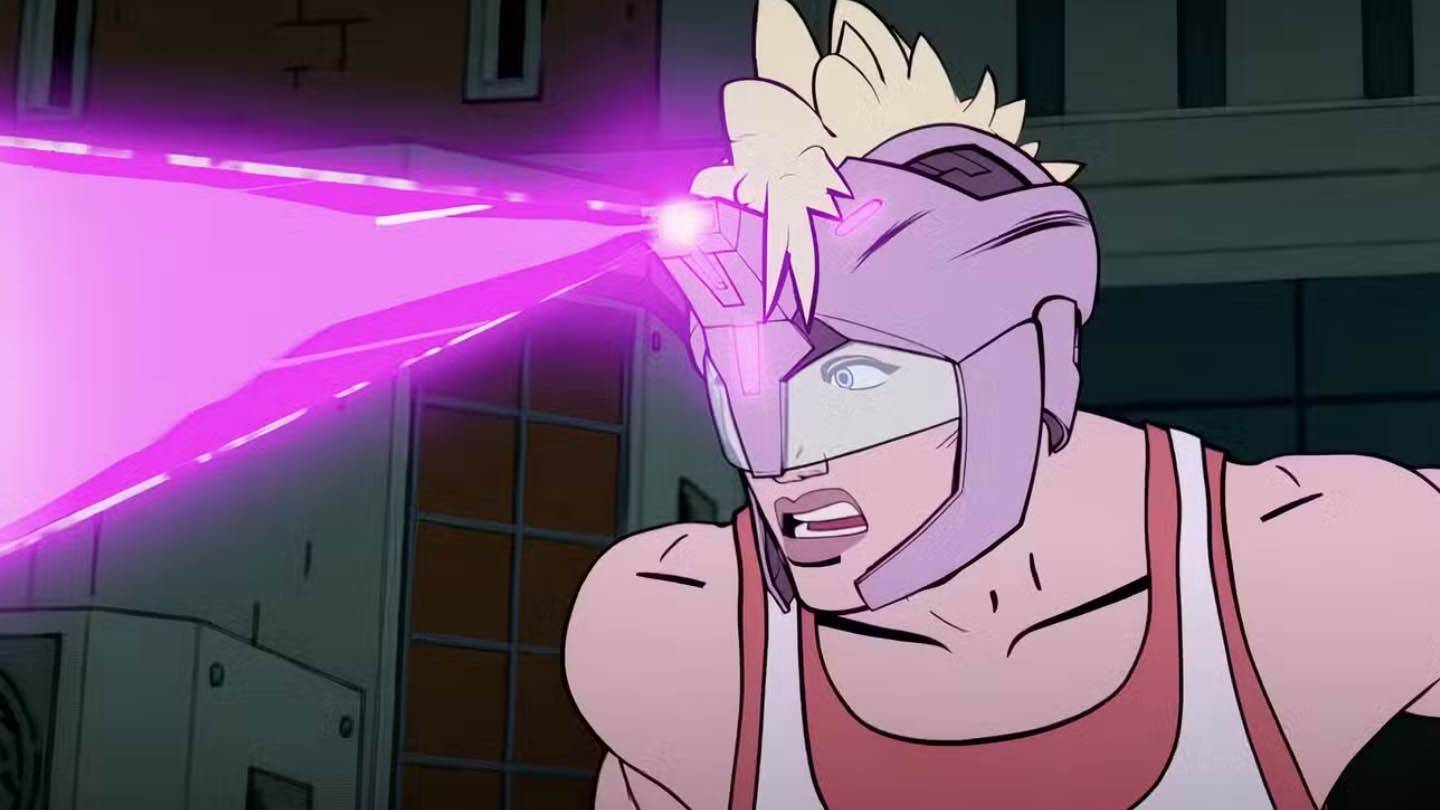 Image: marvel.com
Image: marvel.com
Peter's encounters with Russian thieves introduce a formidable adversary in Mila Masaryk (Unicorn) and her accomplices, Dmitri Smerdyakov (Chameleon) and Mikhail Sytsevich (Rhino's father). Their vendetta against Spider-Man sets the stage for ongoing confrontations, particularly given their association with arms provider Otto Octavius.
Octavius's jealousy of scientists like Tony Stark and Bruce Banner drives his pursuit of recognition, leading him to sell weapons to fund his ultimate arsenal. Assisted by Vincent—a callback to Leap-Frog from the comics—Otto's ambitions hint at future clashes with Spider-Man, promising thrilling showdowns and high-stakes drama.
Expanding the Villainous Roster
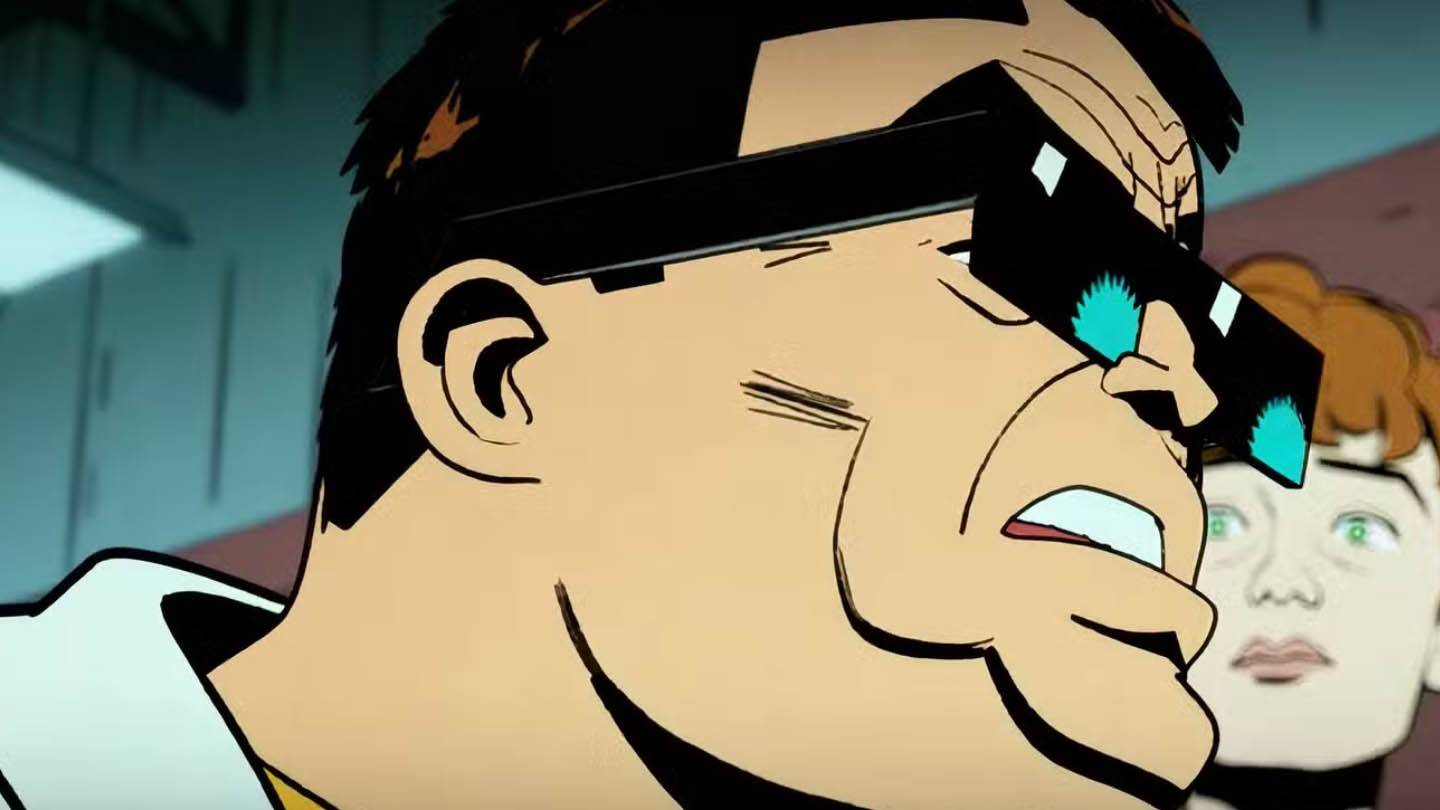 Image: marvel.com
Image: marvel.com
Additional villains introduced in the series include Benjamin "Big Don" Donovan, Mac Gargan (Scorpion), Butane, Speed Demon, and Maria/Tarantula. Each character brings unique attributes to the table, from Butane's fire gauntlets to Speed Demon's chemically enhanced boots and Tarantula's laser-bladed gauntlets.
Their capture by Spider-Man establishes a foundation for potential reprisals, ensuring that the stakes remain high as the story progresses. This ever-growing roster of antagonists ensures that Peter faces constant challenges, pushing him to grow and adapt as a hero.
Harry Osborn: A Familiar Dynamic
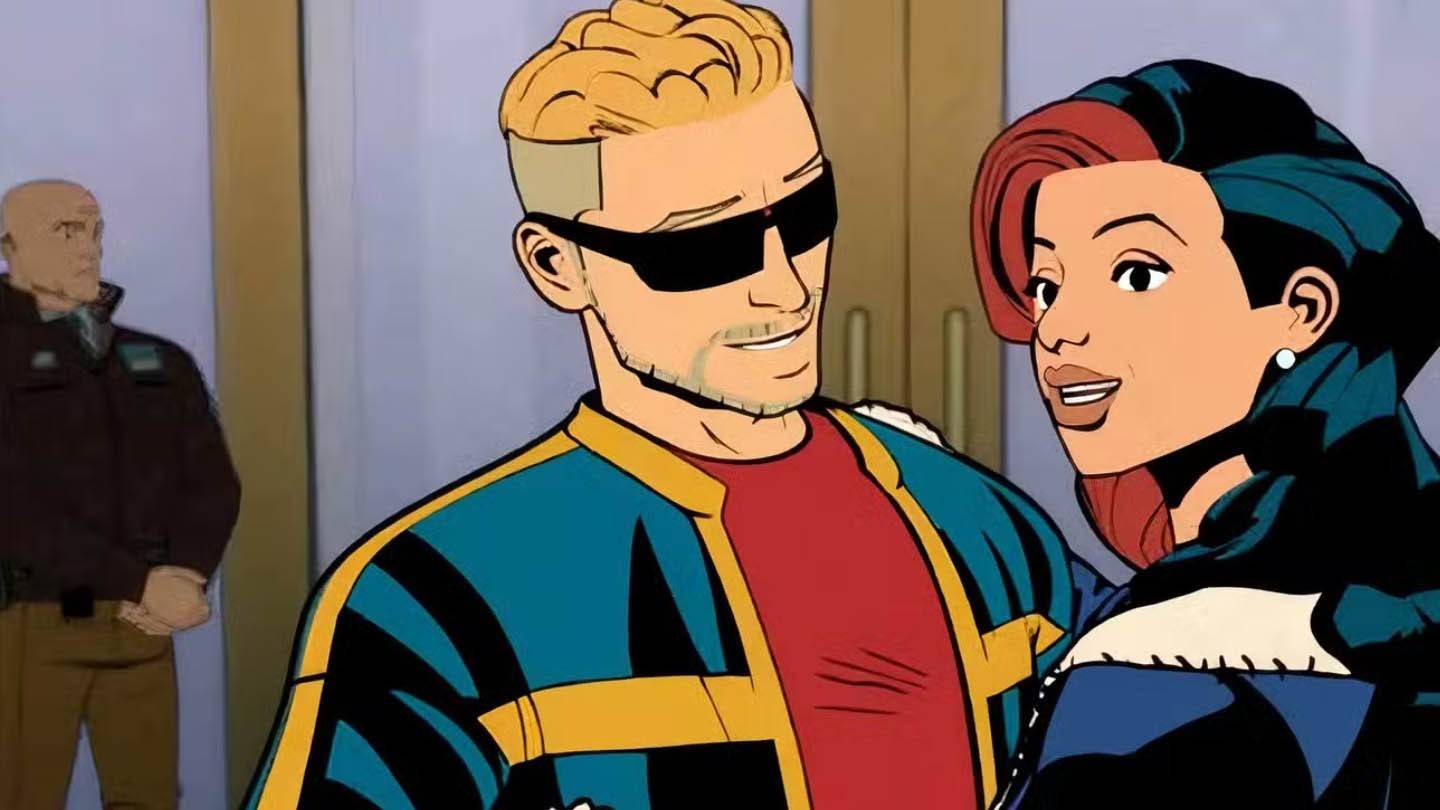 Image: marvel.com
Image: marvel.com
Harry Osborn's role as Peter's second-in-command offers a humorous twist on Ned Leeds' MCU counterpart. Upon discovering Peter's secret identity, Harry jokingly declares his intention to be the "dude by the desk," mirroring Ned's aspiration to assist Spider-Man from behind the scenes.
This parallel extends to a pivotal scene where Peter swings into Norman's office and unmasks, unknowingly revealing his identity to Harry. The resulting facial expression mirrors Ned's reaction in the MCU, creating a delightful callback for observant viewers.
Iconic Notes and Classic Suits
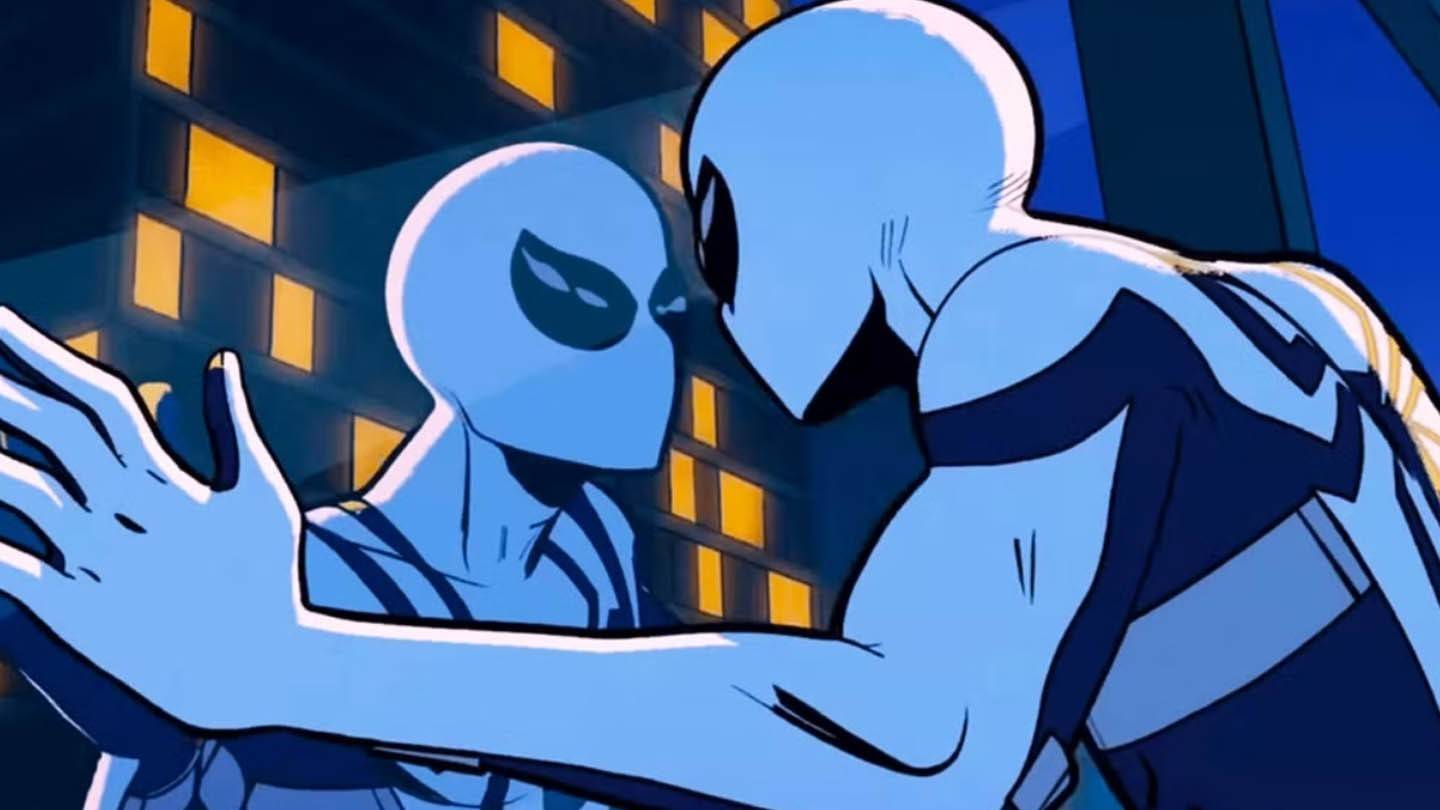 Image: marvel.com
Image: marvel.com
True to form, Peter Parker maintains the tradition of leaving notes for law enforcement after apprehending criminals—a hallmark of Spider-Man's comic book adventures. This practice, popularized in the classic strips, finds renewed relevance in the series when Harry jokes about attaching a message to a recovered bicycle.
Furthermore, the opening credits feature a snapshot of Peter swinging with Harry, reimagining the iconic cover art from Amazing Fantasy #15. This homage to the character's debut issue delights fans of the Lee and Ditko era, demonstrating the creators' reverence for Spider-Man's storied history.
A Celebration of Spider-Man's Legacy
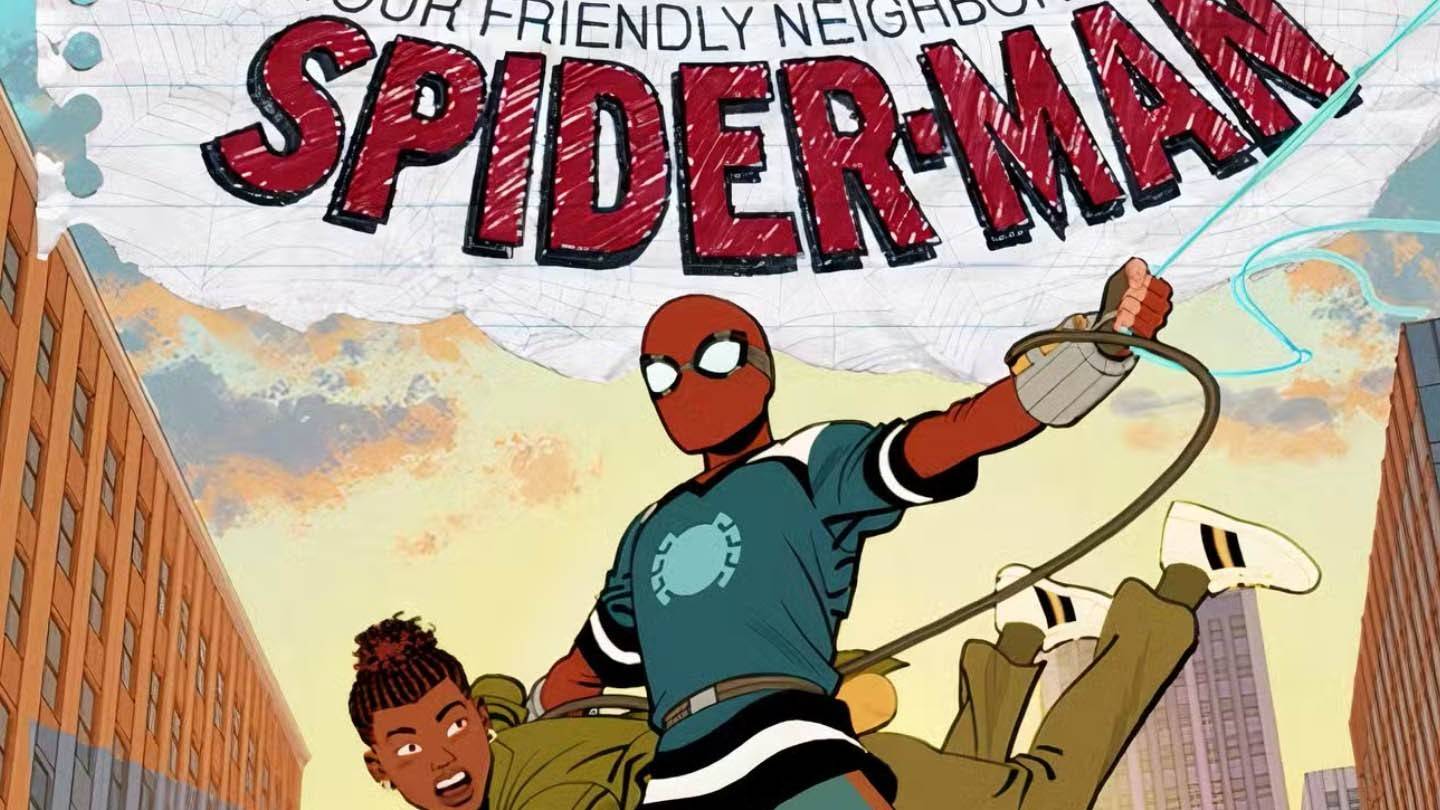 Image: marvel.com
Image: marvel.com
Disney+'s Your Friendly Neighborhood Spider-Man masterfully balances nostalgia with innovation, delivering a compelling narrative that honors the character's roots while paving the way for exciting new adventures. Through its plethora of Easter eggs and references, the series invites fans to explore the intricate web of connections binding Spider-Man to the wider Marvel Universe.
Whether you're a lifelong enthusiast or a newcomer to the franchise, there is much to enjoy in this vibrant animated journey. With its heartfelt tributes, clever callbacks, and boundless creativity, Your Friendly Neighborhood Spider-Man stands as a testament to the enduring appeal of everyone's friendly neighborhood wall-crawler.

